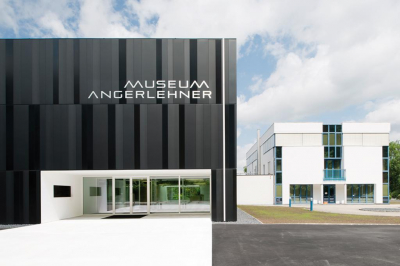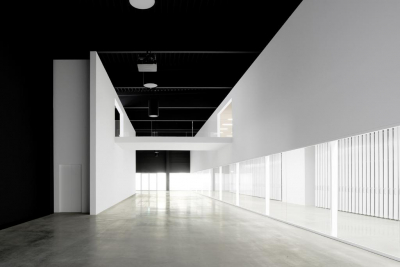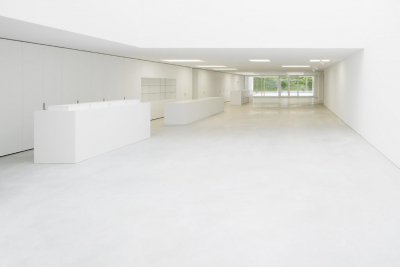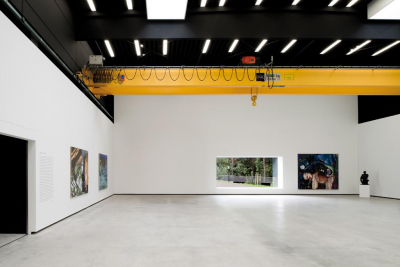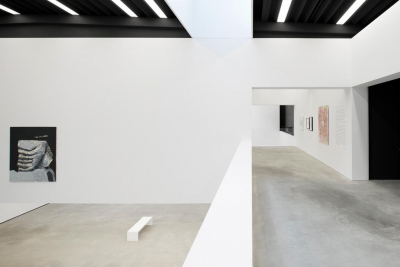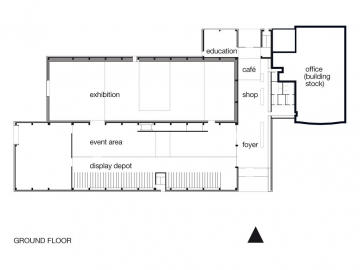Museum Angerlehner
A truly contemporary ensemble of buildings has been made in Wels. Here high-quality engineering and the subtile adaptation of existing industrial fabric complement each other superbly. Two elegant bridges connect Austria's latest private museum wih its surroundings. Inside there is plenty of space for contemporary art.
Industrial flair It is not an everyday occurrence for a private person to build a museum. Heinz J. Angerlehner, the founder of FMT, a company with an international reputation in the area of industrial plant installation, is an important collector of contemporary art. His business moved to a new location offering an opportunity that he exploited to transform the old building into a museum. A competition in which sixteen well-known architects were invited to take part was won by the office of Wolf Architektur, which has designed more than four thousand square metres of usable floor area at the highest level in both spatial and technical terms: the Angerlehner Museum need not fear comparison with public institutions. Wolf Architektur have succeeded in retaining the original character of the complex without impinging on the project's functionality or easthetic aspirations and have transferred it to a new reality. Everything of the existing buildings that could underline the clear form of the whole and contribute to the exciting interplay between its parts has been preserved. Factory halls and warehouses, offices and training rooms: the entire conglomerate of an industrial complex that grew up over a period of years has been reorganized and augmented with the greatest economy and integrated in this museum.
Shimmering casket
Coming from Wels or Ascheter Straße this is how you now approach the imposing building of the Angerlehner Museum. An office building once part of the original factory complex has been preserved unchanged, it stands to the east of the main building, connected to it by a lower wing, and houses the offices of the museum administrations.
The shell of black metal panels that now encloses the museum recalls its industrial past. But a pattern subtly derived from the differently shiny surface makes it into a casket that shimmers as the light changes. Internally Wolf Archtektur painted this black casket white, unterlining its transformation into a cultural building with a gesture that both simple and effective.
View inside and outside
The lobby offers visitors entering the building a view on the left info the core of the museum: the display depot. This is where the owner keeps his treasures in sliding storage units. Single-storey in height, through a glass wall it exerts a spatial effect in the multi-functional, two-storey events space. This is placed as a kind of filter between the outside world and the museums's large exhibition hall. A staircase and lift, flanked by a white wall, lead upwards. They bring you to a footbridge that connects to the two more intimately designed exhibitonal spaces above the display depot and to the bridges with which Wolf Architektur have enhanced the space of the large exhibitional hall.
Like in the events space beside it, the ceiling to this hall is formed by the metal of the original roof soffit, now painted black. A factory crane retained from the original building recalls the past, as do the black coloured external walls now faced with white shells. Domed lights once perforated the roof; these openings have now been given high-quality glazing especially developed for museum requirements.
Text: Romana Ring


